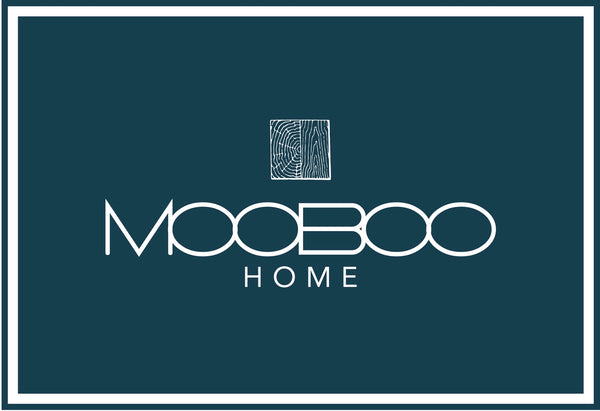When it comes to designing your dream home or renovating your existing space, one crucial aspect that often gets overlooked is lighting. Proper lighting can transform the atmosphere of a room, enhance its functionality, and even save energy. Whether you're a self-builder embarking on a new project, renovating your interior, or creating a kitchen extension, getting your lighting right is essential. In this guide, we'll explore various aspects of lighting design and help you make informed decisions that align with your specific needs and preferences.
Understanding the Three Main Types of Light
Before diving into the details of lighting design, it's important to understand the three main types of light: ambient, task, and accent (or mood) lighting. These types of lighting serve distinct purposes and should be carefully balanced to achieve the desired effect in a room.
-
Ambient Lighting: Ambient lighting provides overall illumination for a space. It's the general, background light that ensures a room is well-lit. Ceiling-mounted fixtures, like pendant lights or chandeliers, are commonly used for ambient lighting.
-
Task Lighting: Task lighting is designed to assist you in performing specific activities. For example, under-cabinet lighting in a kitchen, reading lamps in a living room, or vanity lights in a bathroom all serve as task lighting.
-
Accent (Mood) Lighting: Accent lighting adds drama and depth to a room by highlighting specific areas, objects, or architectural features. This can be achieved with wall sconces, spotlights, or even decorative lamps.
Determining the Right Amount of Light
The amount of light a room needs depends on its size and purpose. A general rule of thumb is to aim for approximately 250 lumens per square meter from a single light source, such as a pendant light or chandelier. However, to ensure a well-balanced and versatile lighting scheme, consider using around four light sources in each room.
For those who appreciate high-quality lighting fixtures, MooBoo Homes offers a wide range of central lighting fixtures, including cluster pendant lights, wall lighting, and table and floor lamps. These fixtures can serve as beautiful focal points while also providing the required illumination.
Factors to Consider When Designing Lighting for Your Space
Effective lighting design takes several factors into account:
-
Room Purpose: Consider the primary function of the room. A kitchen may require bright, task-oriented lighting, while a living room may benefit from softer, ambient lighting for relaxation.
-
Furniture Placement: Determine where your furniture will be positioned in the room to ensure that the lighting complements the arrangement.
-
Natural Light Sources: Utilize natural light sources like windows and skylights whenever possible to reduce reliance on artificial lighting during daylight hours, especially in darker months.
-
Focal Points: Identify the main focal point of the room, such as the cooker in a kitchen or the TV in a living room, and ensure they are well-lit.
Lighting in Bathrooms: Zones and IP Ratings
Bathrooms have specific requirements when it comes to lighting. To ensure safety and compliance with regulations, bathrooms are divided into different zones based on their proximity to water sources. Each zone has specific IP (Ingress Protection) ratings, indicating the level of protection against moisture and water. It's essential to choose lighting fixtures that meet the appropriate IP rating for the bathroom zone they will be installed in.
Lighting Circuits and Dimmers
For maximum flexibility and control over your lighting, consider implementing multiple lighting circuits. This allows you to switch lights on and off independently, creating different lighting scenarios for various activities and times of the day.
Dimmer switches are another invaluable addition to your lighting design. They can enhance the ambiance of a space and allow you to adjust the light level to suit your mood and needs. Dimmers not only save energy but also change the feel of a room throughout the day.
Do You Need a Lighting Designer?
While professional lighting designers can offer expert guidance, it's not always necessary to hire one. Interior designers and electricians can also assist in creating a well-thought-out lighting plan. MooBoo Homes, for example, offers not only exquisite lighting fixtures but also lighting design services. Their team can work with you to design the lighting for a single room or your entire home, considering all the factors mentioned above.
By enlisting the expertise of designers who understand the nuances of lighting, you can save on the cost of a separate lighting designer and ensure that your lighting not only meets your aesthetic preferences but also functions perfectly for your space.
In conclusion, lighting design is a crucial aspect of home building, extensions, and interior renovations. By considering the three main types of light, the amount of light needed, and various design factors, you can create a space that is both functional and beautiful. With the right lighting fixtures and careful planning, you'll be able to achieve the perfect ambiance in every room of your home.


 https://www.mooboohome.co.uk
https://www.mooboohome.co.uk